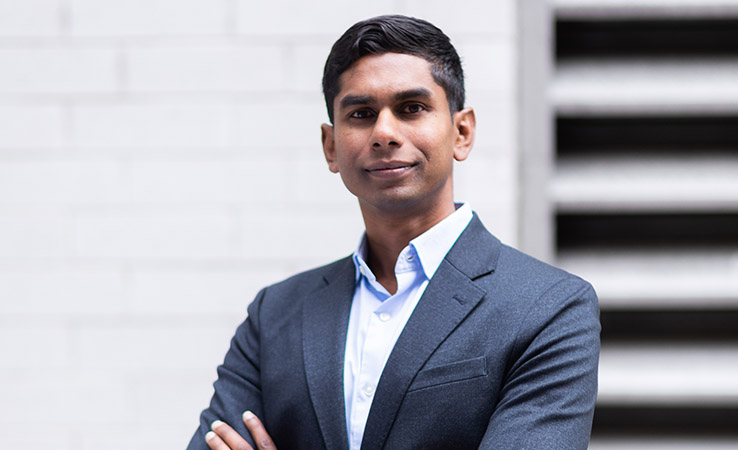From the Toronto Star article:
…It was Osler, according to a journal article co-authored by Toronto doctor Nav Persaud, who wrote, “I hate Latin Americans.” In a speech, Osler said, “What are we to do when the yellow and brown men begin to swarm over” to Canada, which he considered “a White man’s country.”
Osler defenders criticized the article, saying it nitpicked some ill-chosen words made in private and ignored Osler’s noble actions.
Persaud’s article, which argues that medical school lectures lionize Osler and whitewash his legacy, also briefly mentioned the four Indigenous skulls Osler gave to Virchow.
Persaud, raised near Keele Street and Wilson Avenue and educated at the University of Toronto and as a Rhodes Scholar at Oxford University, has a laser-guided conscience.
While a medical student at U of T, he asked for a meeting with professors to point out that a pain management course included a book provided free to students and that was paid for by Purdue Pharma, maker of OxyContin. His approach was spurned as impertinent. He persisted. Eventually U of T dropped the book and a lecturer with financial ties to Purdue, then the university strengthened its conflict-of-interest guidelines.
Persaud first heard of the skulls in 2018 from Dr. Philip Berger, a mentor whom Persaud trained under at St. Michael’s Hospital.
A semi-retired physician, Berger, recently sat on the governing council of Ontario’s doctor regulator, the College of Physicians and Surgeons.
He is also a troublemaker. He occupied politicians’ offices and marched in protests to fight for healthcare for refugees. He once yelled “Go back to Ottawa!” to a federal cabinet minister making a speech on stage in Nathan Phillips Square. As he was led away by security, an incredulous journalist asked him and his colleagues, “Are you real doctors?”
When he heard from a Israeli colleague about Osler’s gift to Virchow, Berger recalls thinking: “William Osler is a deity in medicine. He is an icon of heroic proportions in Canada. Osler was viewed as a humanitarian, and humanitarians don’t go giving skulls as gift to a colleague.”
Berger told Persaud he wanted to find the remains. He wanted to know how the skulls were taken from their original resting ground. And who took them. And did they ask permission.
This article was Part 1 of a series. Read Part 2: When the dead come to you, you pay attention:’ Inside the quest to bring home four Indigenous skulls taken to Europe more than a century ago

